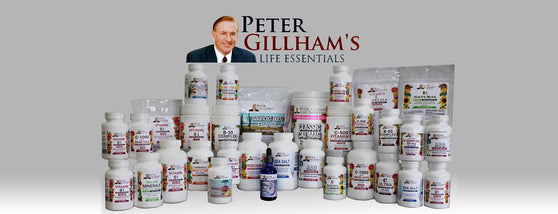Is White Rice the New “Brown”?
I have become very enthusiastic about traditional Chinese medicine because of the results I have obtained. There were some key dietary changes My acupuncturist asked me to make. Because of this, I became interested in Asian cooking. I thought I would do a little research on the reason Asian cultures seemed to use white rice instead of whole grain brown rice. Why weren’t they concerned about the greater nutritional value of brown rice?
The focus of this article changed after doing a little research on this subject. I found out something more interesting. Rice has concerning amounts of inorganic arsenic in it. Even though this isn’t the reason that Asians eat white rice, I thought it was something that should be made known.
Arsenic in Rice
Arsenic is a mineral that exists in nature and is in all living things. This is not the same as inorganic arsenic which has been creeping into our environment more and more each year thanks to the increasing usage of pesticides and poultry fertilizer. Inorganic arsenic is bad news. It has been associated with birth defects, miscarriages and reproductive issues. Arsenic is also a known carcinogenic and may contribute to many forms of cancer.
Rice is particularly susceptible to inorganic arsenic which tends to dissolve in water. Rice, grown in wet conditions, absorbs it more easily than other plants. In 2012, Consumer Reports announced that “worrisome levels” of arsenic had been found in rice, and rice products. Their findings concluded that rice eaten daily could drive up inorganic arsenic levels in the body by as much as 70%.
White Rice Has Less Arsenic
According to the latest information from Consumer Reports, white basmati rice from California, Indian and Pakistan, and sushi rice from the USA, usually have much less inorganic arsenic than other types of rice. In fact, brown rice contains 80% more inorganic arsenic than white rice of the same type.
Lundberg, one of the main suppliers of rice, and rice products in the US, has detailed information about this topic on their website. They have full disclosure on the levels of inorganic arsenic in their rice.
Rinsing your rice thoroughly before cooking will also cut down on the amount of arsenic in your rice.
I still don’t know why Asians prefer to eat white rice over brown. I will figure it out, and when I do, I’ll let you know.
To your Health!
Peter Gillham








